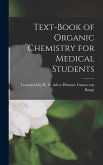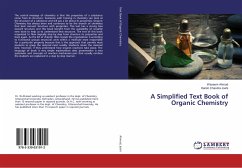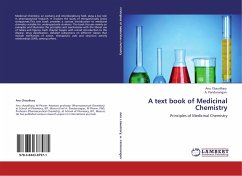"A Text Book of Organic Chemistry," by William A. Noyes, offers a detailed exploration of organic chemistry principles as understood at the beginning of the 20th century. This comprehensive textbook, originally published in 1903, provides a thorough grounding in the fundamental concepts, reactions, and compounds of organic chemistry. It serves as a valuable resource for students and researchers interested in the historical development of chemical science and the evolution of organic chemistry as a discipline. Noyes' work presents a snapshot of the chemical knowledge of the time, making it an important reference for understanding the context in which modern chemistry emerged. This book is essential for anyone studying the history of science or seeking a deeper understanding of the foundations of organic chemistry. This work has been selected by scholars as being culturally important, and is part of the knowledge base of civilization as we know it. This work was reproduced from the original artifact, and remains as true to the original work as possible. Therefore, you will see the original copyright references, library stamps (as most of these works have been housed in our most important libraries around the world), and other notations in the work. This work is in the public domain in the United States of America, and possibly other nations. Within the United States, you may freely copy and distribute this work, as no entity (individual or corporate) has a copyright on the body of the work. As a reproduction of a historical artifact, this work may contain missing or blurred pages, poor pictures, errant marks, etc. Scholars believe, and we concur, that this work is important enough to be preserved, reproduced, and made generally available to the public. We appreciate your support of the preservation process, and thank you for being an important part of keeping this knowledge alive and relevant.
Bitte wählen Sie Ihr Anliegen aus.
Rechnungen
Retourenschein anfordern
Bestellstatus
Storno








